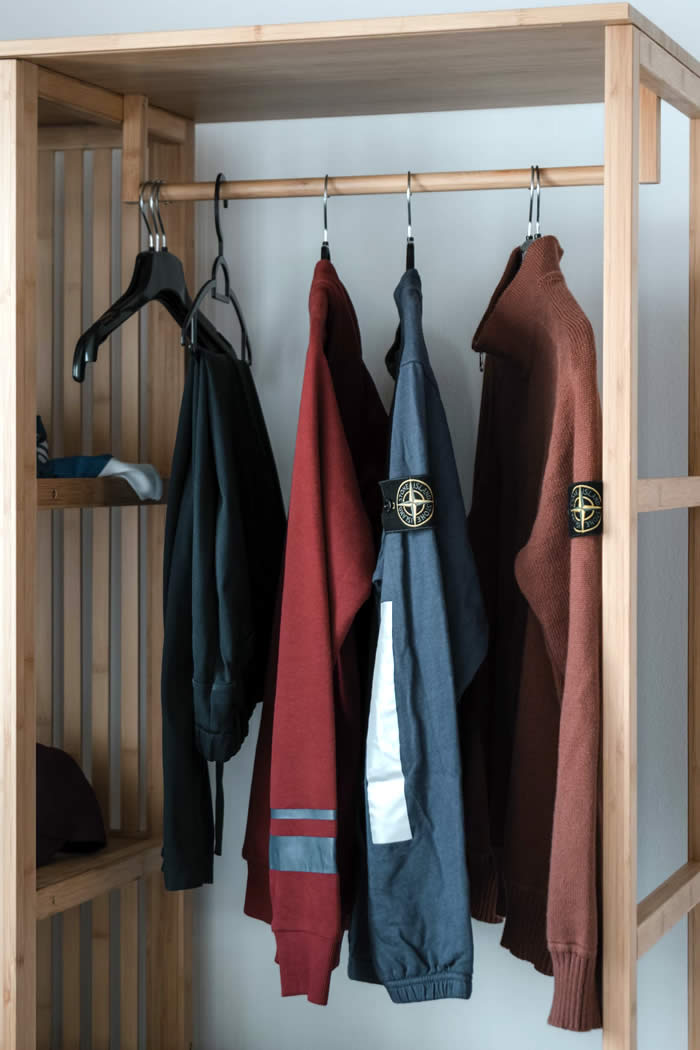Purchasing used garments enhances a garment’s economic viability without a doubt. Even though continued utilization does not wholly transform an item of clothing into a sustainable thing, it unquestionably lessens its carbon footprint. This is due to the fact that clothing tends to influence the environment during its whole lifespan.
After being made, an item of clothing persists in having an effect on the environment due to transport, water utilization, and the way it is ultimately discarded. This is in addition to its environmental impact throughout its making, such as the water used to thrive the fabrics, waste produced during creation and dyeing, and cloth waste during development.
By selecting Zagumi secondhand clothing over brand-new clothing, you are contributing to the sustainability of that clothing.
Sustainable Wardrobe: What Does It Imply?
A feasible wardrobe mitigates the environmental effects that your clothing has on nature. You are likely to have made significant strides toward creating your eco-friendly wardrobe if you invest in long-lasting and better-quality products, take good care of everything you currently are using, and wear most of the garments instead of just 20 percent of them.
Genuinely, it ought to be manageable. A wardrobe that is cherished, worn, and utilized repeatedly is what sums up a sustainable wardrobe. You must appreciate it; it tends to work for almost any situation. It’s high time to focus on what you should do to try to dress in a sustainable way.
How Can Preloved Clothes Contribute To A Sustainability?
Constructing a wardrobe is an essential and complicated process, and incorporating the ecologically aware component into this daunting task would be overwhelming for anyone. Particularly in light of the substantial hole it might burn in your wallets. So, we’re here to walk you through these simple tips to create an eco-friendly wardrobe using secondhand finds.
- To find high-quality clothing at reasonable prices, shop wisely by visiting local thrift shops and secondhand stores. Pick clothing that can be reused or recycled with ease. These include knitwear, cotton t-shirts, and denim, as examples.
- Seek out products made of organic materials, such as cotton and wool. They are not only environment-friendly but also cozy to wear.
- Avoid making impulsive purchases! Always consider your options before making a purchase, and make sure you require the item. Otherwise, you may be wasting both money and cupboard space!
- Wearing fewer clothes in constant rotation implies spending less time organizing things! By building a collection of secondhand clothes and shoes, you can stop digging through racks of clothing that you’d forgotten you owned, that may not fit correctly, or that are out of style. This way, organizing your rooms’ laundry spaces or closets becomes easier.
- If you intend for your garments to last for a while, you should take great care of them. You can lengthen the lifetime of your clothing by extending the interval between washings. If you notice the difference this straightforward trick makes to your clothes, do not miss the opportunity to thank us.
- Think about creating something new out of some of your old clothing. For instance, you can transform a pair of jeans into a dress or an old sweater into a slouchy bag.
- Choose durable, long-lasting used items that will only require replacement occasionally. By doing so, you can conserve both money and the environment.
Bottom Line
In the end, if more and more people begin wearing used clothing, it will positively affect the sustainability of the environment. You might experience several perspective changes as you follow the steps listed above. After all, breaking a habit frequently begins in the mind before being implemented gradually through action.



